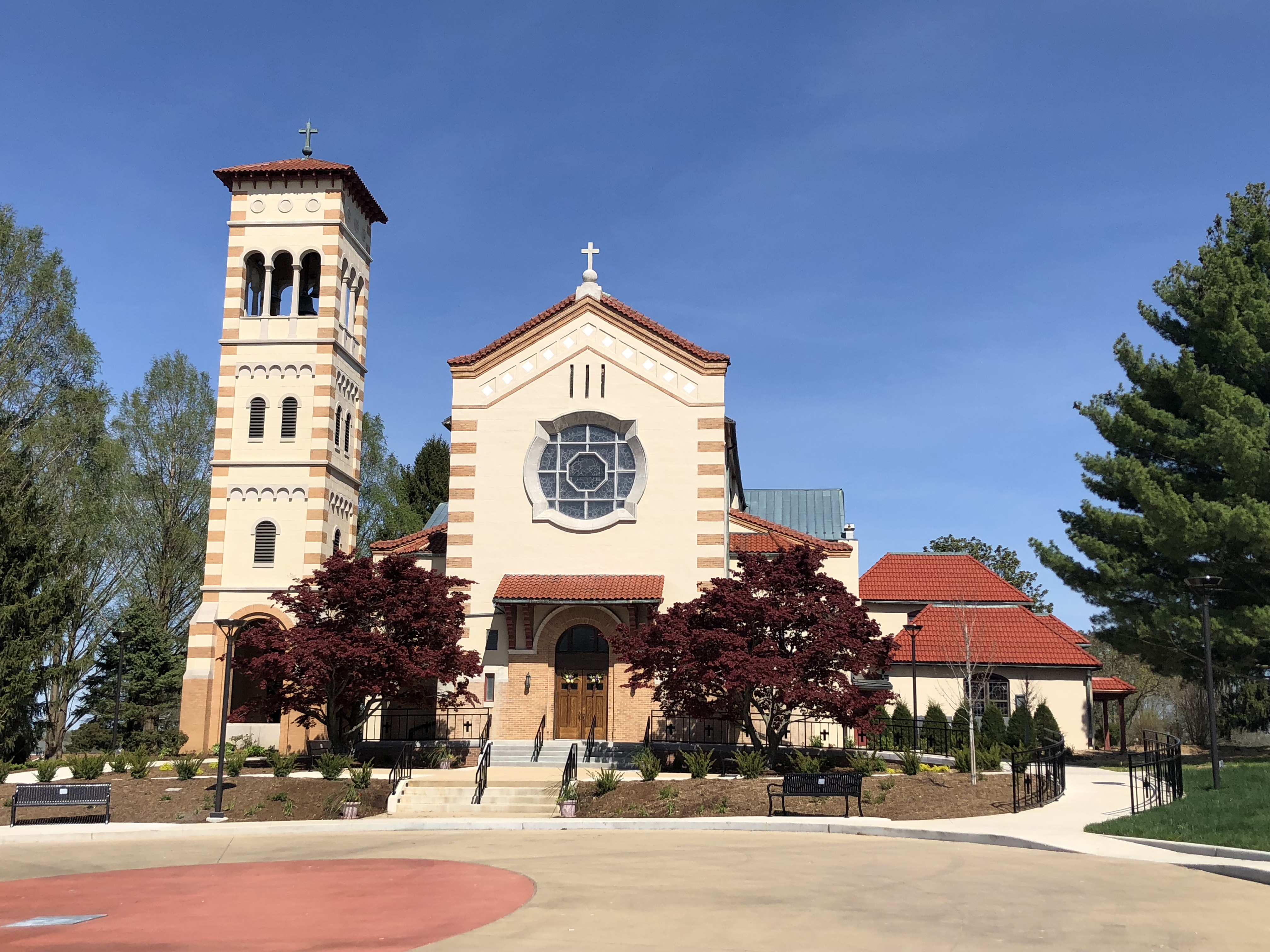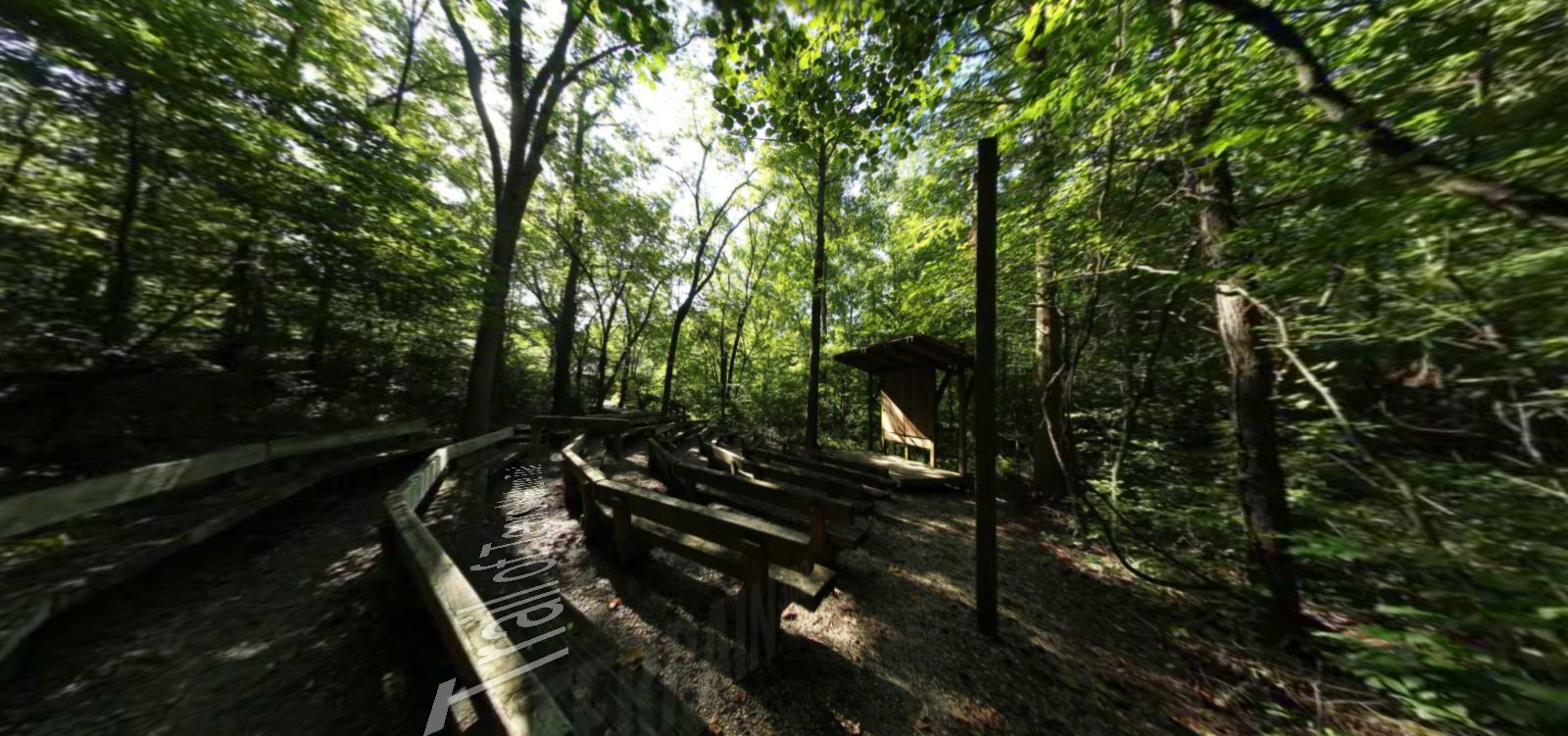St. Mary’s of the Barrens National Shrine & Rosary Walk


Take a Tour of Saint Mary’s of the Barrens Church and the National Shrine of Our Lady of the Miraculous Medal. The founding of St. Mary’s of the Barrens, Perryville, Missouri, predates the founding of the State of Missouri by two years, and was the first seminary west of the Mississippi River. St. Mary’s of the Barrens was founded by the Congregation of the Mission, also known as the Vincentians or Lazarists. The Catholic population of Perryville was in need of a permanent resident priest, and offered 640 acres of land to Bishop Louis William Valentine DuBourg, Diocese of Louisiana and the Two Floridas, in exchange for the regular services of a priest and a school for the children. In 1815, Bishop Dubourg was in Rome recruiting priests for the Louisiana Territory, a huge diocese that embraced all of the territory of the Louisiana Purchase. While in Italy, DuBourg stayed at Monte Citorio, the mother church of the Congregation of the Mission order in Rome, and eventually convinced the Vincentians to send a contingent to Missouri to construct a seminary. These two groups of priests and brothers under Felix De Andreis (1877-1820) and Joseph Rosati (1789-1843) left for the United States in the fall of 1815. They stayed in the Baltimore area in 1816, and then moved to Bardstown, Kentucky in 1817 to further their preparations for Missouri. When DuBourg obtained the land grant of 640 acres from the Maryland Catholic immigrants of Perry County, they left to establish St. Mary’s of the Barrens seminary in October 1818.
The plans were based on the original plans of Monte Citorio, both in ground-plan and size.[5] Construction was begun in 1826 and the church was to be a replica of the Vincentian Motherhouse Church in Rome, Monte Citorio. Monte Citorio in Rome is of the Tuscan Renaissance style, and this became the general model for St. Mary’s of the Barrens church. It was the first non-cathedral church consecrated west of the Mississippi River and was built from stone quarried on the Barrens property. Limestone was quarried on the Seminary lands, not far from the present church.
The cornerstone was laid on January 1, 1827, and foundation excavations were begun January 6, 1827. Apparently, work on the site was then stalled for several years, because the original plans were deemed to be too elaborate and too expensive to complete.
Father Jean-Marie Odin was sent to Europe in 1831 to secure funds to complete the church, and when he returned, Angelo Oliva, was appointed to be in charge of the new church construction. The new church construction plans called for a revised building design which was reduced to one-third of the size of the original plan. The building was built with limestone is 124 feet long and 64 feet wide. The church was consecrated October 29, 1837 by Bishop Rosati. A number of improvements and additions were made between 1888 and 1893. In 1913, further renovations were made. The two towers on the front of the church were razed due to the problems with the soft crumbling stone. The interior of the church was of Tuscan design. The interior has high Roman arches with two domes, one over the sanctuary and one over the center of the church. The sanctuary is 30 feet square under a dome 45 feet in height. The interior walls are decorated with murals and paintings. Seven small altars are located on the sides of the nave. The front of the church was expanded through the addition of two side altars and a vestibule, extending the length by 40 feet. The façade was changed from a Tuscan Renaissance style to the Romanesque style. Later additions include the Miraculous Medal Shrine in 1930, and the current Angelus bell tower which was constructed in 1980.
St. Mary’s of the Barrens functioned as a parish church until 1965 when a new parish church was built, thus becoming an independent “public church” in which liturgical services are held regularly. Today Saint Mary’s Church serves as both a Marian Shrine and Vincentian Community Chapel.
Distance Unit:
Distance Unit:

Here, nine Cherokee Indian groups braved harsh winter conditions while crossing the Mississippi River in 1838-1839, marking a sorrowful chapter in American history. The park also has: shaded picnic sites, hiking and horse trails, opportunities to fish…